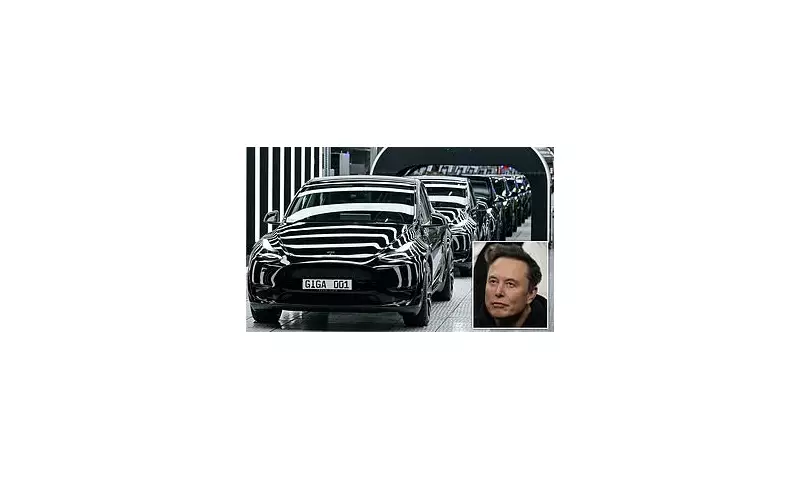
Electric vehicle giant Tesla has instructed its suppliers to remove China-made components from vehicles assembled in the United States, marking a significant shift in its global supply chain strategy following escalating trade tensions.
The Supply Chain Revolution
According to exclusive reports from the Wall Street Journal, Tesla has directed suppliers to eliminate Chinese materials from American-assembled cars, with ambitious plans to transition completely to non-Chinese parts within the next two years. This dramatic move comes months after the Trump administration implemented aggressive tariffs that ignited global trade conflicts.
The company, led by Elon Musk, began seeking alternatives to Chinese component production in the aftermath of the Covid-19 pandemic, actively urging suppliers to shift manufacturing to locations including Mexico and Southeast Asia.
China's Dominance and Tesla's Dilemma
The scale of Tesla's current reliance on Chinese manufacturing becomes clear when examining its Shanghai operations. A China-based executive revealed earlier this year that Tesla's Shanghai plant works with approximately 400 Chinese suppliers, with more than 60 of these contributing to the company's worldwide production network.
While China's massive production scale, lower costs, and weaker currency traditionally made components more affordable, sources confirmed that the ongoing trade conflict has severely complicated Tesla's pricing strategy. The unpredictability stems primarily from President Donald Trump's April tariffs, which imposed roughly 10 percent duties on products from nearly every country worldwide, with Chinese imports facing particularly harsh treatment at 57 percent.
Although these measures aimed to pressure China's economy, they failed to inflict significant damage as Chinese tech firms quickly compensated for declining US exports by dramatically increasing shipments to dozens of other nations.
Global Trade Shifts and Automotive Impacts
The trade landscape underwent substantial changes when Trump and Beijing enacted matching tariffs between the third quarters of 2024 and 2025. During this period, Chinese exports to the US fell by approximately $38 billion, but China simultaneously boosted exports elsewhere, adding $12 billion to Hong Kong, $11 billion to Vietnam, $5 billion to Thailand, and $15 billion to the European Union.
Automakers faced additional challenges when China limited exports of certain rare earths and magnets essential to car manufacturing. China produces over 90 percent of the world's processed rare earths, used in everything from smartphones to military equipment, and is rapidly expanding its trade presence in Africa according to New York Times analysis.
Further complications emerged when China banned exports from Dutch semiconductor company Nexperia, whose chips are crucial for car electronics and lighting. Although most of Nexperia's chips are manufactured across Europe, final processing and packaging occur in China before global distribution.
The situation saw some resolution last month when, during their first face-to-face meeting in six years, Trump struck a deal with Chinese President Xi Jinping. Following this historic October 29 meeting, Trump revealed he had slashed 10 percent from China's tariff bill, citing Beijing's commitment to combat the flow of deadly drugs to the US.
Beijing additionally agreed to maintain soybean purchases, provide temporary one-year access to rare earth materials, and make unspecified commitments to combat fentanyl trafficking, while permitting some Nexperia chips to reach overseas customers.





